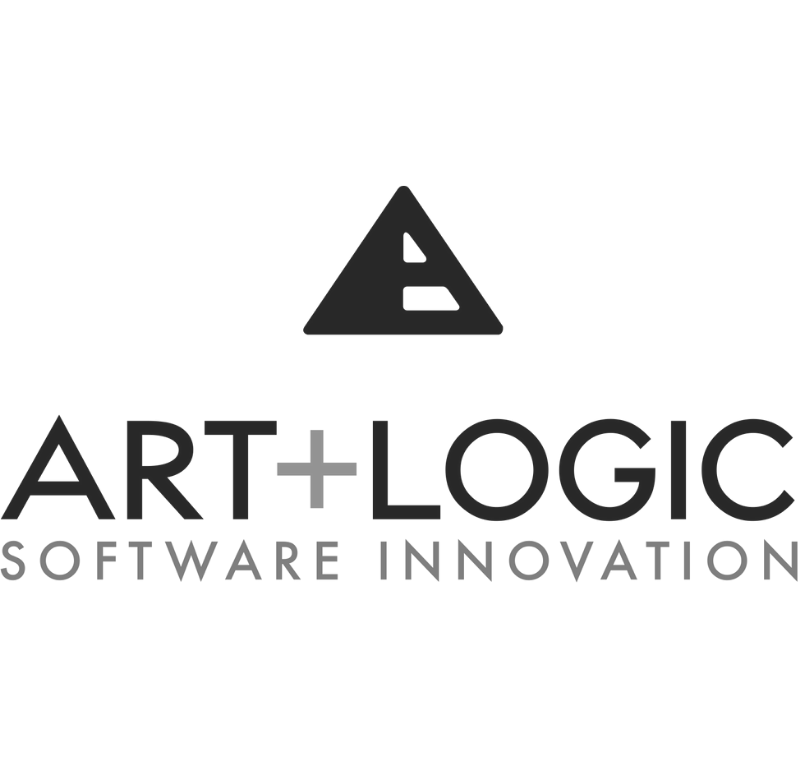Since it’s release in 1983, MIDI, or Musical Instrument Digital Interface, has remained virtually unchanged. The most common complaints range from too much complexity when connecting gear together, to variable performance from a timing and sync standpoint, as well as low resolution of controller data.
Art+Logic and Lead Engineer Brett Porter is working as part of a large consortium (including Google, Yamaha, Roland, etc.), to change all of that with the launch of MIDI 2.0. He told us the new interface works to address the current issues while also emphasizing, “Great effort was applied to make MIDI 2.0 systems work correctly with all legacy MIDI gear, meaning that any beloved old instruments will still have a place in the studio and on stage.”
It is anticipated that the new interface will be available within the first quarter of 2020, but you can get a preview of what they are working on now! Brett articulates the progress made, the challenges that were overcome and what you can look forward to.
The Feature Story: Let’s start with the basics, can you tell us a little bit about Art+Logic, it’s purpose/mission?

Brett Porter: Art+Logic is a custom software development firm that’s been operating since 1991. The company was founded by three developers who met at a music software company in the 80’s. It has since expanded to create custom software solutions for clients in a wide variety of industries, but music and audio have always been a key part of our service offering.
TFS: How long have you been working with Art+Logic, and in your time there, what have been some of your favorite projects/clients to work with to date?
BP: I joined Art+Logic in 1997, and have worked on almost 200 projects so far. Before this current work with MIDI 2.0, the project that was best for me was working with Roland to develop a Software Development Kit that permitted third-party developers to port their effects plugins to run inside of Roland’s “VS” line of digital audio workstations, and then to work with a bunch of those third party companies to get their plugins working on that platform.
TFS: When did you start working on designing MIDI 2.0?
BP: Actually, by the time that Art+Logic was contacted in 2018, the design work on the new protocol was almost complete. Our involvement has been as part of a group of companies working to create prototype implementations of the new standard, which is where all the things that seemed great on paper, but don’t actually work in practice get discovered. Since we don’t manufacture any products of our own, I took the opportunity to build a tool “MIDI 2.0 Scope” for other developers who will be tasked with adding support to their product lines.
TFS: What can you tell us about the implications of a new MIDI standard, and what this means for developers, businesses and musicians?
BP: There are a lot of opportunities here! There have been a fairly standard/common set of complaints about the capabilities of MIDI 1.0 for the past 30 years — too much complexity when connecting gear together, variable performance from a timing and sync standpoint, and the low resolution of controller data. Being able to address all of those issues at the same time should be a compelling offering. The great effort that was applied to make MIDI 2.0 systems work correctly with all legacy MIDI gear will mean that any beloved old instruments will still have a place in the studio and on stage.
TFS: What have been some of the challenges during this project?
BP: Early in my career, I got to see a presentation given by one of the executives at Sony responsible for the development and introduction of the CD audio format. He closed the presentation with a graph consisting of two lines crossing in an X. He explained that the line pointing down was the technical challenges, and the one pointing up was political and marketing challenges. After the teams from Sony and Philips solved the engineering problems of fitting the entire von Karajan performance of Beethoven’s 9th on a single optical disc, the uphill battle of convincing consumers to invest in new hardware and media was still a long fight. I think that the backward-compatibility in MIDI 2.0 will lessen the slope of that line, but it still remains for manufacturers and developers to build compelling new products.
TFS: Likewise, what was rewarding, or do you anticipate will be and will enhance the MIDI 2.0 user experience?
BP: End users will mostly experience three big new things:
- Capability Inquiry (MIDI-CI) and Property Exchange will permit multiple pieces of MIDI gear to talk to each other to determine what each can do, and move toward auto-configuration, or at least more user-friendly configuration than we currently have.
- The addition of Jitter Reduction Timestamps will clean up the timing problems that have always been an issue with MIDI systems.
- The new Channel Voice Messages that include much higher resolution data and per-note control will permit more expressive controllers and tone generators.

